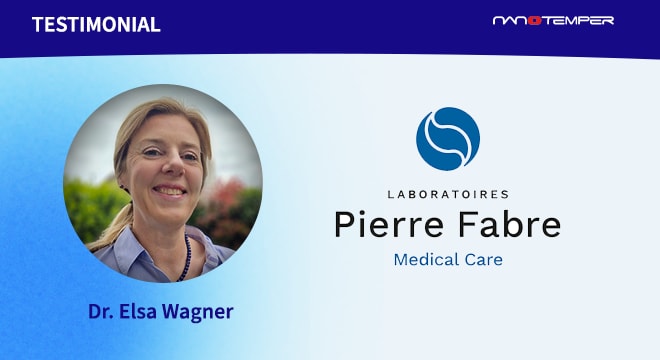A thorough stability assessment of your biologics candidates during early development is crucial to identify and prevent potential downstream issues like aggregation or loss of function from unfolding. High-quality information on your candidates’ biophysical properties facilitates the decision-making process for candidate selection.
Dynamic Light Scattering (DLS) is a powerful method that provides information about the purity and aggregation state of your biologics preps, and adds deeper insight into the stability of your candidates.
The additional stability parameters granted by DLS are easily obtained alongside other stability profiling methods, without additional time or material requirements. Adding DLS information to your stability assessments reveals liabilities missed by other technologies and narrows down your final candidate earlier in your development workflow.
Read this eBook to learn how DLS works, and how it helps you improve the selection process for your candidates.





